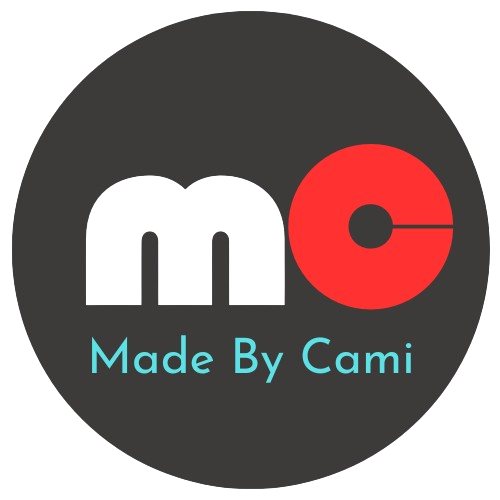How to Get Your Book into Bookstores

Every step an author takes in their career is defining. It's easier to establish credibility as an author when you have your book in a physical store, whether you're self publishing or attached to a publisher. It also serves as a stage for many people to expose your talent to the masses.
Obtaining a spot in a bookstore is no easy task. This guide aims to aid anyone who is struggling into turning their dream of getting published into reality.
Step 1: Getting to Know the Bookstores
Before anything else, it is critical to understand the existence of various types of bookstores. Each different store has their own unique sections and categories which means every store has something unique to offer.
Independent Bookstores: These stores are less well known, which puts authors at an advantage. Independent bookstores win by being always in pursuit of newer books and always open to authors who are less well-known. Getting a book to sit on a shelf will require some relationship-building and perseverance from the author.
Chain Bookstores: In due courses, Barnes & Noble and Books-A-Million,–– are better examples where book selection is quite well arranged and followed with specific steps. With chain stores, books usually have to be provided through wholesalers and retailers, and there are often policies concerning pricing, promotions and other relevant issues.
Step 2: Choose the Right Distribution Channel
Deciding how to distribute your book will decide the extent to which it will be placed in stores. You can either choose to self-distribute the book, or you can hire book distributors to assist you. Either option has its benefits.
Self-Distribution: This distribution method allows you to have unrestricted control in regard to pricing, the book’s sales and distribution. While there are many perks, self-distribution requires a lot of work. For one, you will have to reach out to bookstores directly, set appropriate terms with them, and handle shipment and return logistics.
Getting a book distributed: It can be confortable for you if a book distributor comes in the picture because they will do the distribution and breakdown your whole sales network with retailers. They already have in place a good contact list with retail stores.
During the self publishing phase, retailers such as IngramSpark and Draft2Digital are able to place a copy of your book in all major locations, both physical and online. In traditional publishing, the publisher will make certain that the book goes through a wide network of wholesalers and distributors.
Step 3: Do Final Checks On The Book And Get It Ready For Distribution Stores
With the other steps that are associated with marketing your book, there are things that have to be in place. You need to tick some boxes and complete some formalities such as:
Soon after you are done writing the book, these have to be in place and ready to go:
ISBN: There is a need of coming up with an International standard Book Number. You are going to need the number and will be of use towards identifying the your creations(unique). It is used throughout the world bank, bookstore, distributors and retailors around the globe.
Barcode: Each book has its own unique ISBN. This needs to be matched up with a barcode that is utilized by stores for pricing and inventory purposes. Distributors will generate barcodes for you if you decide to use one.
Cover Design and Layout: To enhance sales from bookstores and readers alike, a professional cover is necessary. You want a graphic designer that is able to bring to life a cover that is visually attractive and accurate to your book along with its contents.
Step 4: Contact Bookstores
The next step is to reach out to bookstores. While some larger stores may need you to go through a distributor or wholesaler, independent bookstores tend to be more willing to work with authors directly. Use this approach to reach them:
Research Bookstores: Figure out which stores are likely to buy your genre of book, and go to local stores, check their websites, and see what type of books they focus on. For example, if your book is a fantasy novel, check for stores who sell science fiction and fantasy books.
Step 5: Build relationships and offer incentives.
Because bookstores are inundated with submissions, it’s critical to entice decision-makers any way possible. Consider the suggestions below that could get your book on their shelves:
Discounts: Ease up on the retail price of your book to bookstores. You will be giving them a reason to carry your book.
Returnability: A lot of bookstores will prefer to stock books that are returnable. This means if your book does not sell, the bookstore can either send it back to you or the distributor and recoup any costs. If you include this and a few other options, your odds of acceptance will increase.
Local Bookstores: Begin with independent local bookstores since they tend to be more favorable towards self-published authors. Cultivating a relationship with a local bookstore can spur growth which will help achieve wider distribution.
Step 6: Advertise Your Book
The work does not stop once your book is in stores. It requires continuous advertisement to maximize sales. To promote the book, some of the strategies include:
Social Media: Having an account on Instagram, Twitter, or Facebook could assist in advertising your book and where it’d be available for purchase.
Book Reviews: Get in touch with local publications as well as book bloggers and other social media influencers. Help spread the word using positive feedback which can also influence purchase decisions.
Attend local author events or schedule book signings at your favorite bookstores. Building a relationship with readers will help create lifelong fans.
Website and Email List: You will need to build an author website and email list to communicate with your audience and market your book.


